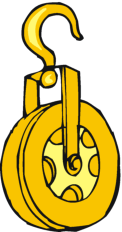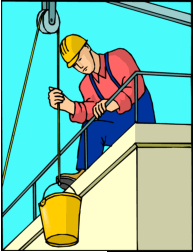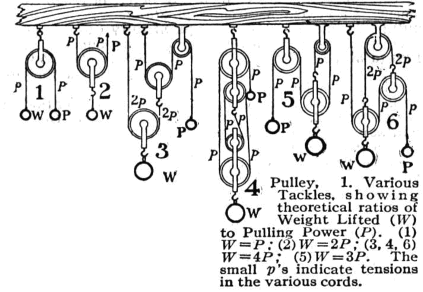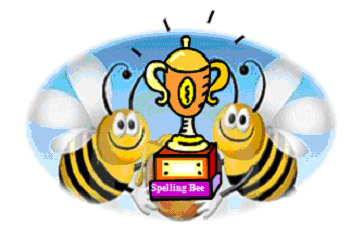TEST YOUR ENGLISH
Test your English with this quick, free online test. It will give you an idea of your English level.
Click ’start’ and answer each of the questions.
- There are 20 multiple-choice questions.
- There is no time limit.
- You will be able to see answers at the end of the test.
Please note: This is not a Cambridge ESOL exam and the test scores and levels are very approximate.





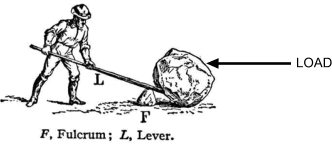

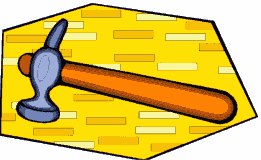
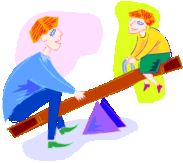
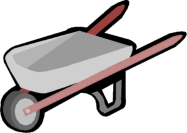



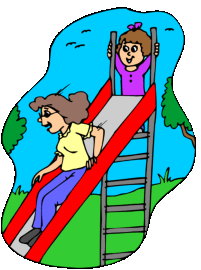 Steep and winding mountain roads, highway ramps, slides on the playground, are all inclined planes.
Steep and winding mountain roads, highway ramps, slides on the playground, are all inclined planes.  Even ancient Egyptians had used inclined planes, to lift heavy stones while building pyramids.
Even ancient Egyptians had used inclined planes, to lift heavy stones while building pyramids. 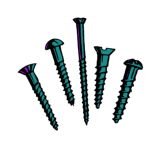
 With the help of a marker or crayon color the inclined edge of the triangle. Take a pencil. Then wrap this triangular piece of paper (starting from the broad end and going towards the pointed end) around the pencil.
With the help of a marker or crayon color the inclined edge of the triangle. Take a pencil. Then wrap this triangular piece of paper (starting from the broad end and going towards the pointed end) around the pencil. 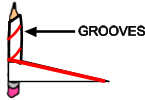 The inclined edge will now look like grooves in a screw.
The inclined edge will now look like grooves in a screw.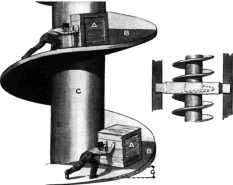 How is a screw a simple machine? It makes our job easy and more efficient. If a nail has to be hammered into wood it needs a lot of force. A screw has a groove on its head for a screw driver.
How is a screw a simple machine? It makes our job easy and more efficient. If a nail has to be hammered into wood it needs a lot of force. A screw has a groove on its head for a screw driver. 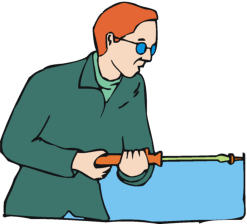 If a screw is held against a piece of wood, and its head is turned around with the help of a screw driver, it easily moves inside the wood because of its inclined edge.
If a screw is held against a piece of wood, and its head is turned around with the help of a screw driver, it easily moves inside the wood because of its inclined edge. 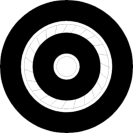 in the center it is called an “axle”.
in the center it is called an “axle”. 
